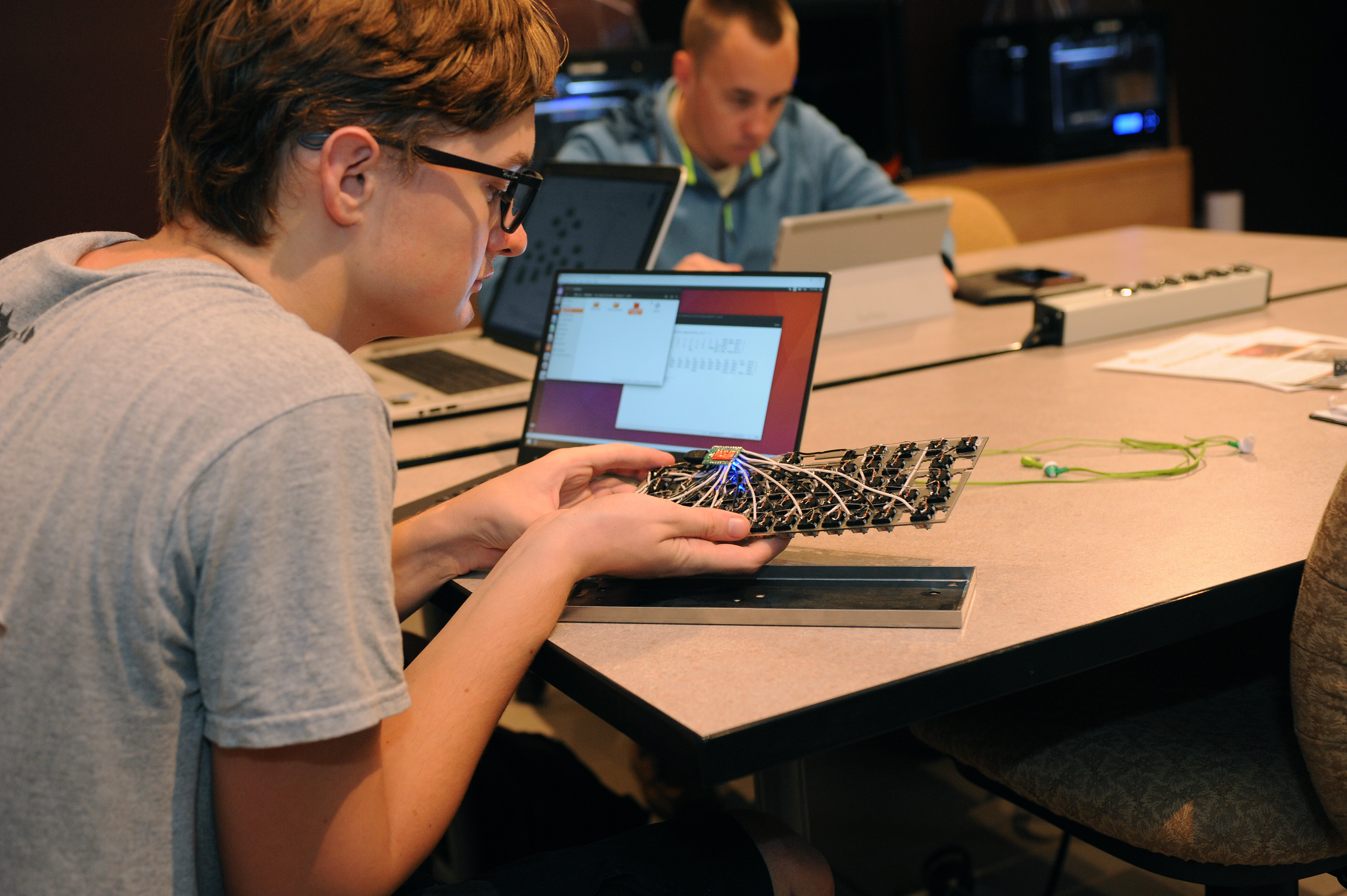Document Type
Conference Proceeding
Publication Title
Proceedings of SPIE - the International Society for Optical Engineering
Abstract
The goal in the design of an efficient and low-noise antenna coupled receiver is to achieve a maximal capture cross section for the incident electromagnetic radiation compared to the dimensions of the sub-wavelength sized sensor loading the antenna. Collection efficiency captures this concept of power output/input and is made up of several subefficiencies. In the ideal case all of the available, incident power is collected and transferred to the load. However, many of the fundamental limits of antennas are based on theory describing the transmitting mode, whereas certain questions remain open for receiving antennas. Textbook antenna theory predicts that only 50% of available incident power can be absorbed by an antenna, yet under specific conditions this limitation can be surpassed. Two considerations are presented; (1) fundamental limits on antenna absorption, and (2) practical participation of dissipative media in achieving impedance matching between antenna and load, and the associated performance compromise. Specifically we seek to determine whether antenna-coupled detectors can approach unity absorption efficiency under matched conditions. Further, we identify practical conditions that must be met in order to overcome fundamental limitations that inhibit total absorption. Then antenna loss is split into radiative and dissipative terms in order to identify trade-offs between impedance matching and radiation efficiency.
DOI
10.1117/12.2177412
Publication Date
4-20-2015
Recommended Citation
Xu, Y., & Lail, B. A. (2015). Collection efficiency for millimeter and submillimeter wave antenna-coupled detection. Paper presented at the Proceedings of SPIE - the International Society for Optical Engineering, , 9467(January) doi:10.1117/12.2177412


